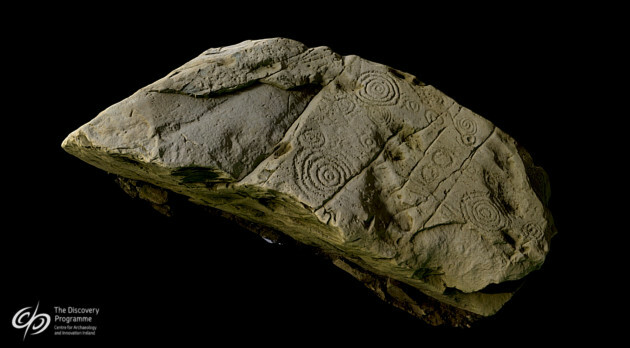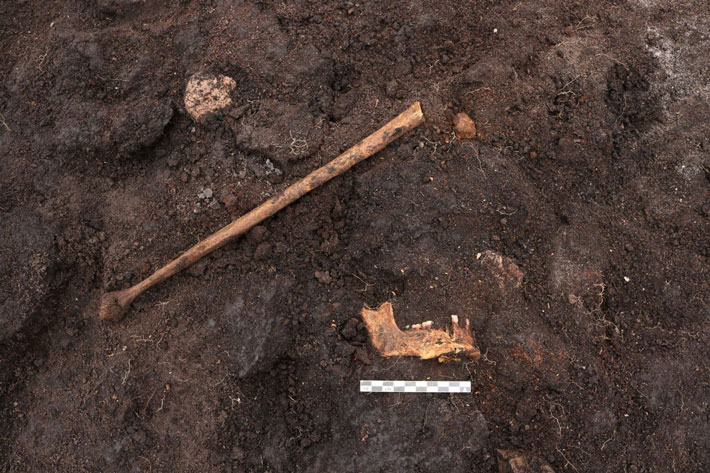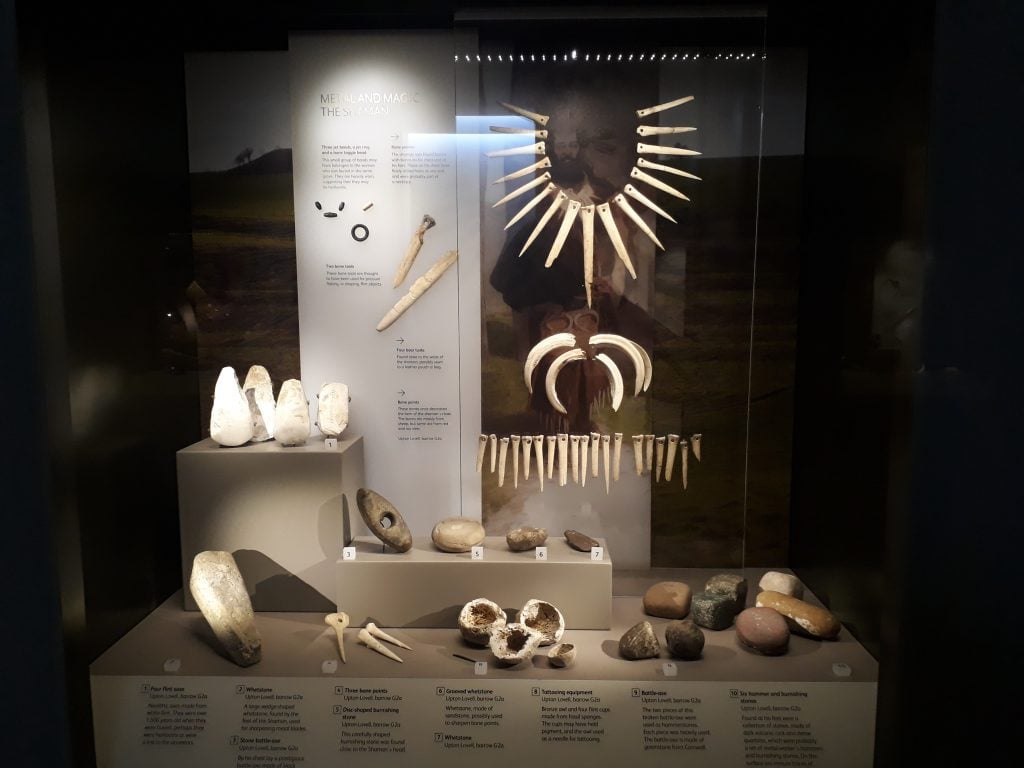A TREASURE TROVE of megalithic art imagery from a recently uncovered passage tomb is being released to mark the winter solstice.
The Dowth Hall tomb is part of the Brú na Boinne complex, and is located a stone’s throw away from the more famous Newgrange, Knowth, and Dowth tombs.
It was hidden underground until an excavation in 2017. What remains was damaged by the construction of a building above it in the 18th century.
The find was described as ‘the most significant’ of the past 50 years in Ireland.
An estimated one-third of the kerbstones – which would have surrounded the tomb – and orthostats – upright stones – found at Dowth Hall are decorated in Neolithic art.
Read the rest of this article...



